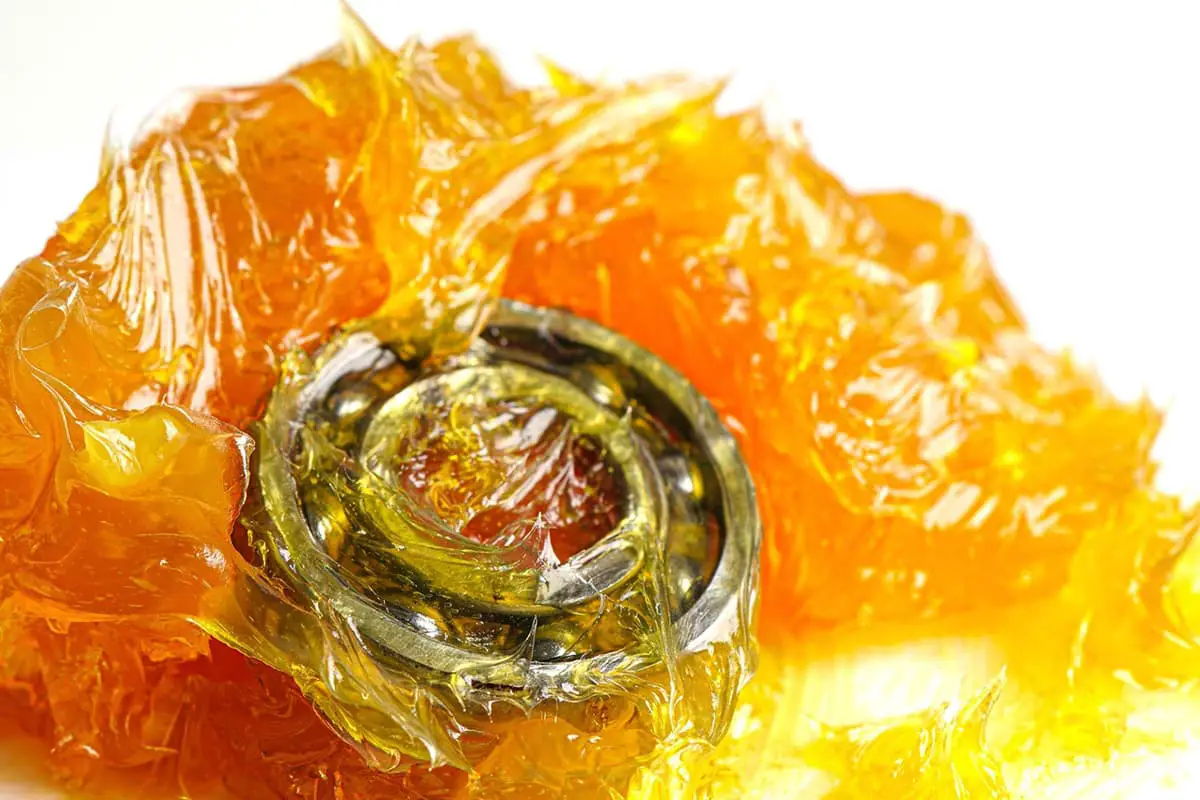
Have you ever thought that too much of a good thing could be harmful? Over-lubrication in bearings is one such scenario where excess can spell disaster. This article explains how too much lubricant can lead to increased friction, overheating, and even bearing failure. By understanding the delicate balance required in lubrication, you’ll learn how to maintain your machinery’s efficiency and longevity.

It’s often said by bearing engineers that “bearings are the heart of machinery,” and if so, lubrication might be likened to the “blood of machinery.” There’s an interesting adage that the entire mechanical industry floats on a few micrometers of oil film.
These expressions underscore the importance of lubrication to bearings and indeed all mechanical equipment.
From the mechanics of lubrication, we know that the ideal lubrication state is when the frictional surfaces are well separated by a lubricant, eliminating any direct contact between them. For bearings, this means using an oil film to separate the rolling elements and the raceway.

If lubrication is poor or insufficient, the rolling elements and the raceway in the bearing cannot be properly separated, resulting in direct metal-to-metal contact, which can lead to surface degradation. Engineers are generally well aware of the problems caused by insufficient lubrication.
On the other hand, lubrication also involves an issue of “degree.” As the common saying goes, “excess is as bad as deficiency.” Indeed, over-lubrication can have significant negative impacts on bearings.
Typically, there are two main aspects of over-lubrication: first, excessive lubricant viscosity (overly high viscosity); and second, excessive lubricant quantity.
Over-selection and treatment of lubricant viscosity
According to the mechanism of lubrication, the viscosity of the base oil directly affects the formation of the lubricant film. Specifically, under the same rotational speed and load, a higher viscosity of the base oil facilitates the formation of an oil film.
As a result, many people may easily conclude that the higher the viscosity of the base oil, the better. However, with the increase in lubricant viscosity, the rolling element’s movement resistance on the raceway surface also increases, which leads to an increase in the bearing’s torque resistance.
In situations that require specific bearing resistance torque, this could result in the bearing rotation becoming less flexible. For instance, some air conditioning manufacturers require the motor’s low-temperature starting torque to be within a certain range.
When the bearing is at a low temperature, the decreased temperature causes the lubricant’s viscosity to rise, leading to an increase in the bearing’s starting torque and consequently resulting in startup issues.
On the other hand, the resistance torque brought about by excessive lubricant viscosity will ultimately be dissipated as heat during the bearing’s rotation. Therefore, excessively high lubricant viscosity can also lead to an increase in bearing temperature.
In practical engineering, there have even been cases where excessive grease viscosity caused clumping of the lubricant, preventing it from effectively entering between the rolling element and the raceway to form an oil film.
A suitable indicator for judging whether the bearing grease viscosity is appropriate is the kappa number k. At the working temperature, when the kappa number k is greater than 4, it indicates an excessively high bearing grease viscosity.
Therefore, when choosing lubricants, it’s essential to verify the kappa number against the working temperature. If the bearing exhibits heating related to lubrication, the kappa number should also be checked to ensure the correct selection of bearing grease.
Excessive Lubrication
After the bearing is installed, a sufficient amount of grease must be filled to ensure the formation of an oil film through an optimal distribution of grease between the rolling elements and raceway during operation.
A certain quantity of grease is indeed required for ideal lubrication. During the bearing’s operation, a layer of lubricant is distributed over the surface of the rolling elements and raceway, forming a certain cyclic flow of lubricant.
However, the space between the rolling elements and raceway is not filled entirely with grease. This observation aligns with common knowledge; during the bearing installation, the bearing might be filled with grease.
When the amount of grease is appropriate, after operating for a while and upon inspection, it can be observed that the grease within the bearing is squeezed out, leaving only a layer on the bearing surface.
This indicates that during the operation of the bearing, the grease distributed between the rolling elements is “squeezed out”.
This “squeezing out” is a rough description, but it shows that during bearing operation, the rolling elements stir the grease. If grease continuously fills the interior of the bearing, this stirring also leads to an increase in the rotation torque of the bearing, resulting in the bearing overheating.
The basic requirement for bearing grease filling is as follows: during initial lubrication, the entire bearing interior should be filled, and 30%-50% of the grease should be filled in the bearing chamber that does not contain the bearing.
Once the bearing is put into operation, it is crucial to ensure the usual path of grease discharge from the bearing. When there is excess grease within the bearing, the surplus will be expelled with the functioning of the bearing.
During supplemental lubrication, the appropriate amount is 0.5% of D*B, where D is the diameter of the bearing, and B is the width of the bearing.
Whether it’s initial or supplemental lubrication, it is recommended not to exceed the aforementioned amount, as it could potentially result in excessive lubrication of the bearing.








